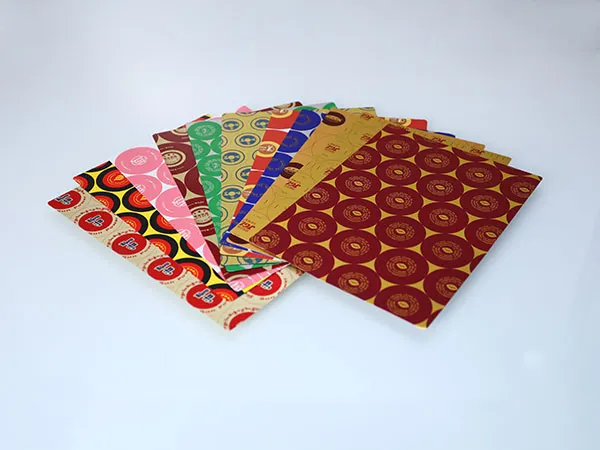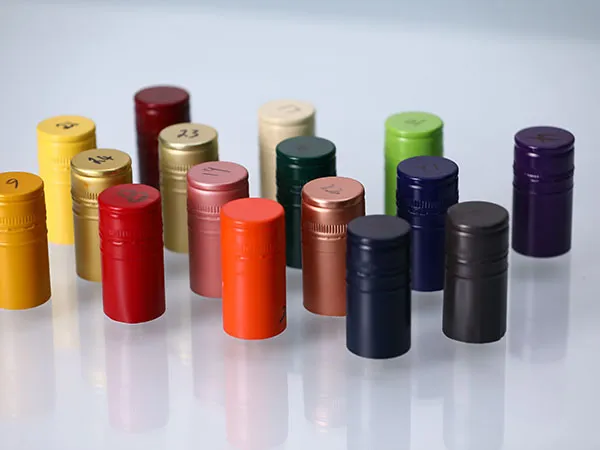When comparing PE (Polyester) vs. PVDF (Polyvinylidene Fluoride) coated aluminum sheets, the “better” option depends on your specific needs for durability, environment, budget, and aesthetics.
PE vs PVDF Coated Aluminum Sheets

PE (Polyester) Coated Aluminum Sheets
Type: A standard, widely used thermosetting polymer coating.
Durability/Lifespan: Moderate. Typically offers a shorter service life compared to PVDF, especially in harsh environments.
Weather Resistance (UV, Rain, Temperature): Good, but susceptible to degradation over time from prolonged UV exposure. Can fade and chalk (develop a powdery surface) more quickly than PVDF, particularly with darker colors in sunny climates.
Color Retention: Fair to Good. Colors can fade noticeably over 5-10 years, depending on the environment and color intensity.
Chalking Resistance: Fair. More prone to chalking than PVDF.
Gloss Retention: Fair to Good. Gloss level can diminish over time due to weathering.
Chemical Resistance: Moderate.
Flexibility/Formability: Generally good, allowing for bending and shaping without cracking the coating (within limits).
Hardness/Scratch Resistance: Moderate.
Cost: Lower. This is its primary advantage. Significantly cheaper than PVDF.
Typical Warranty: Often in the range of 5-15 years (highly variable by manufacturer and specific product).
Typical Applications:
Interior decoration (ceilings, wall panels)
Signage
Short-to-medium term exterior applications
Areas with moderate weather conditions
Budget-sensitive projects
Rain gutters, downpipes (where aesthetics might be less critical long-term)

PVDF Coated Aluminum Sheets
Type: A premium, high-performance fluoropolymer coating. Often uses resins like Kynar 500® or Hylar 5000® (typically requiring a minimum of 70% PVDF resin for optimal performance).
…
More details about PE vs PVDF coated aluminum sheet: Which is better: https://www.dw-al.com/a/news/pe-vs-pvdf-coated-aluminum-sheet.html



